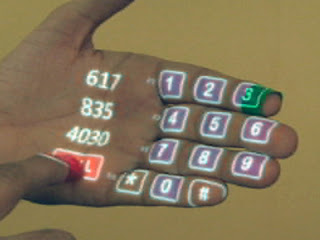yeah ...this is my fav topic :) ...
when ever i hear this term TCP/IP i will be fullof exictement ...ones this term comes then it would be full of doubts why ,how
i remeber spoorthi Ma'm class ....she started with class with new chapter and term tcp/ip..and
Started asking doubts and it was contnious process... when i stopped my friend(ashwini) would ask doubt....Ma'm would be like Next ...Next...Next....
i don't no why i get so many doubts when it come to TCP/IP.. is that bcoz of favorite topic :)
it went on almost a 45min it was 5min to lv a class..ma'm is like pranitha is it over or any more doubt ..i was thinking... why she asking like that..
then ashwini murmured me better stop now or other's will throw you out, its almost a 45min why your eating ma'm head
then i just smilied at ma'm ya done....
this was my research paper also
i think my lectures and my friends(neha & Teju) had a bad time when ever TCP/IP term had come... :)
TCP/IP (Transmission Control Protocol/Internet Protocol) is the basic communication language or protocol of the Internet.
It can also be used as a communications protocol in a private network (either an intranet or an extranet).
When you are set up with direct access to the Internet, your computer is provided with a copy of the TCP/IP program just as every .
other computer that you may send messages to or get information from also has a copy of TCP/IP.
TCP/IP is a two-layer program. The higher layer,
Transmission Control Protocol, manages the assembling of a message or file into smaller packets that are transmitted over
the Internet and received by a TCP layer that reassembles the packets into the original message. The lower layer, Internet Protocol, handles the address part of each packet so that it gets to the right destination. Each gateway computer on the network checks this address to see where to forward the message. Even though some packets from the same message are routed differently than others, they'll be reassembled at the destination.
TCP/IP uses the client/server model of communication in which a computer user (a client) requests
and is provided a service (such as sending a Web page) by another computer (a server) in the network.
TCP/IP communication is primarily point-to-point,
meaning each communication is from one point (or host computer) in the network to another point or host computer. TCP/IP and the higher-level applications that use it are collectively said to be "stateless" because each client request is considered a new request unrelated to any previous one (unlike ordinary phone conversations that require a dedicated connection for the call duration). Being stateless frees network paths so that everyone can use them continuously. (Note that the TCP layer itself is not stateless as far as any one message is concerned. Its connection remains in place until all packets in a message have been received.)
Many Internet users are familiar with the even higher layer application protocols that use TCP/IP to get to the Internet.
These include the World Wide Web's Hypertext Transfer Protocol (HTTP), the File Transfer Protocol (FTP),
Telnet (Telnet) which lets you logon to remote computers, and the Simple Mail Transfer Protocol (SMTP).
These and other protocols are often packaged together with TCP/IP as a "suite."
Personal computer users with an analog phone modem connection to the Internet usually get to the Internet
through the Serial Line Internet Protocol (SLIP) or the Point-to-Point Protocol (PPP).
These protocols encapsulate the IP packets so that they can be sent over the dial-up phone connection to an access provider's modem.
Protocols related to TCP/IP include the User Datagram Protocol (UDP),
which is used instead of TCP for special purposes. Other protocols are used by network host computers for exchanging router information.





